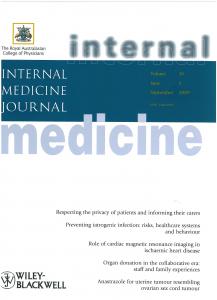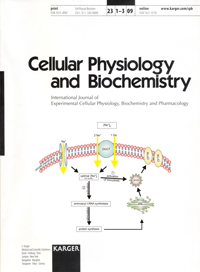
“Australian clinical trials are planned to evaluate medicinal cannabis in a range of clinical contexts.
To explore the preferences, attitudes and beliefs of patients eligible and willing to consider participation in a clinical trial of medicinal cannabis for poor appetite and appetite-related symptoms from advanced cancer.
A cross-sectional anonymous survey was administered from July to December 2015 online and in eight adult outpatient palliative care and/or cancer services. Respondents were eligible if they were ≥18 years, had advanced cancer and poor appetite/taste problems/weight loss and might consider participating in a medicinal cannabis trial. Survey items focused on medicinal rather than recreational cannabis use and did not specify botanical or pharmaceutical products. Items asked about previous medicinal cannabis use and preferences for delivery route and invited comments and concerns.
RESULTS:
There were 204 survey respondents, of whom 26 (13%) reported prior medicinal cannabis use. Tablets/capsules were the preferred delivery mode (n = 144, 71%), followed by mouth spray (n = 84, 42%) and vaporiser (n = 83, 41%). Explanations for preferences (n = 134) most commonly cited convenience (n = 66; 49%). A total of 82% (n = 168) of respondents indicated that they had no trial-related concerns, but a small number volunteered concerns about adverse effects (n = 14) or wanted more information/advice (n = 8). Six respondents volunteered a belief that cannabis might cure cancer, while two wanted assurance of efficacy before participating in a trial.
CONCLUSION:
Justification of modes other than tablets/capsules and variable understanding about cannabis and trials will need addressing in trial-related information to optimise recruitment and ensure that consent is properly informed.”








